#1 Linking Bodies of Water
By Maria Mazzanti & Anna Bierler
"Even while in constant motion, water is also a planetary archive of meaning and matter. To drink a glass of water is to ingest the ghosts of bodies that haunt that water. When “nature calls” some time later, we return to the cistern and the sea not only our antidepressants, our chemical estrogens, or our more common place excretions, but also the meanings that permeate those materialities: disposable culture, medicalized problem-solving, ecological disconnect. Just as the deep oceans harbor particulate records of former geological eras, water retains our more anthropomorphic secrets, even when we would rather forget. Our distant and more immediate pasts are returned to us in both trickles and floods."
~ Astrida Neimanis, Hydrofeminism
During 5 days, students will develop zine-making and publishing skills focusing on water to explore connection and belonging in response and opposition to contemporary alienation. Post-human theories about water have become more popular in design due to their capacity to critically rethink our relationship with others, the environment, the cities we design and ourselves. During the workshop, we will think with water and explore the watery entanglements that intimately link us to the world.
In the workshop, we will explore the idea of hydrocommons. We are water, a precious liquid that siphons between bodies and the enviroment. Water composes matter and life and is a marker of climate change as rising sea levels make visible our careless attitude towards it. A more-than-human hydrocommons presents an opportunity to challenge individuality, anthropocentrism, and alienation by enabling a critical eye towards our individualistic perspectives.
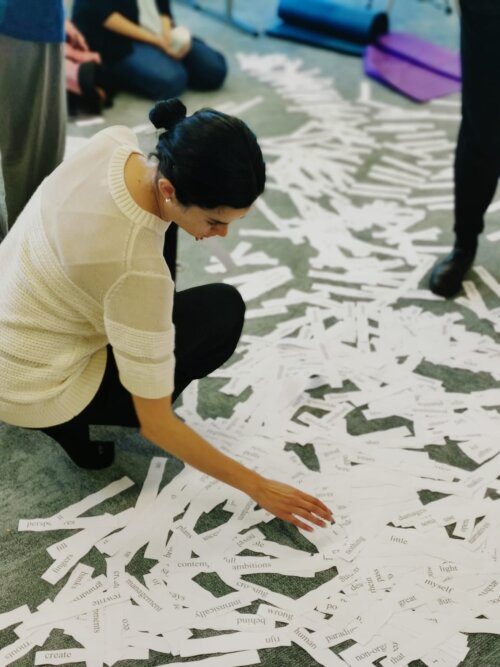
Every morning, students will encounter short exercises and themes to explore watery entanglements. In the afternoon, they will develop a series of critical insights and produce a zine, using methodologies such as writing, image making, collaging etc. By the end of the week, the zines will be presented as a big archive of water stories, images and ideas of living together otherwise.
Water has been regarded as a carrier of knowledge and memory throughout history. The zines' serve as vessels for preserving and transmitting personal stories, experiences, and insights, much like water carrying the "ghosts of bodies" and the meanings within them, as mentioned in Neimanis' quote.
Publishing is a collective practice, an initiator of publics and counterpublics. Additionally, self-publishing provides a platform to reclaim agency and develop a critical design voice. These tools enable people to create and share their own ideas, breaking free from dominant narratives that may contribute to feelings of alienation. During the workshop, we will develop simple printing methods, use phones, scanners and computers. The flexibility of the zine allows for multiple disciplines to work together. Students can have different backgrounds and skills. From writers and artists to photographers and industrial designers, the publishing process allows for all of them to work freely and collaboratively. Through the integration of graphic design, writing practices, and publishing tools, participants will gain a comprehensive understanding of how these disciplines can intersect and complement one another in the pursuit of critical design and reconnection.
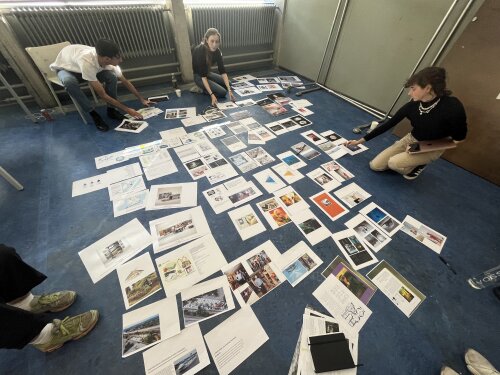
#2 Tales of Symbologies: Gardening Visual Literacies
By Hussein Shikha & Sadrie Alves
The Carpet and the Garden are the departing points to look into how we have become alienated from craft and nature, as well as from intricate visual languages. A Carpet is a multilayered entity with many dimensions and functionalities, both tangible and intangible, both material and symbolic. It can ground us and allure us to daydream. It is an entity that is capable of both carrying stories and gathering people. Borrowing Foucault's idea of a heterotopia, which can describe the Persian carpet as a plan-like representation of a Persian garden. The Persian garden may well be the origin of the formal garden, its composition reflecting a poethical interpretation of life, and therefore, our connection to nature and other beings.
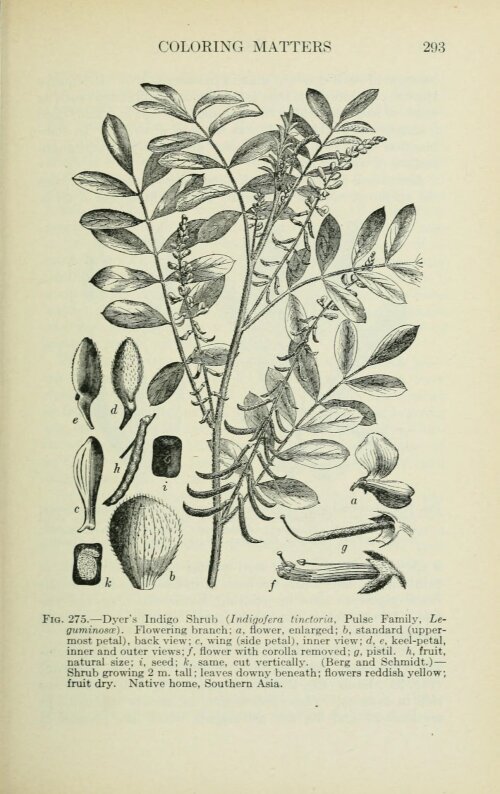
During this week we will look into the ancient crafts and symbols of tapestries, woodblocks and their historical relation to the depiction of the natural world. How can we learn to read gardens and the life forms present in them again? Which plants are native or invasive, and who decides that? Revisiting the garden means exposing its underlying paradigms of urban/nature as well as the relationship between plants and modernity/coloniality.
We regard the carpet as an autonomous intersection between art, craft and design while examining the forms of engagement and connection she instigates. Together, we will create a tapestry design with the use of woodblock-printing to generate a subjective map recording our reading of the plants in our surroundings.
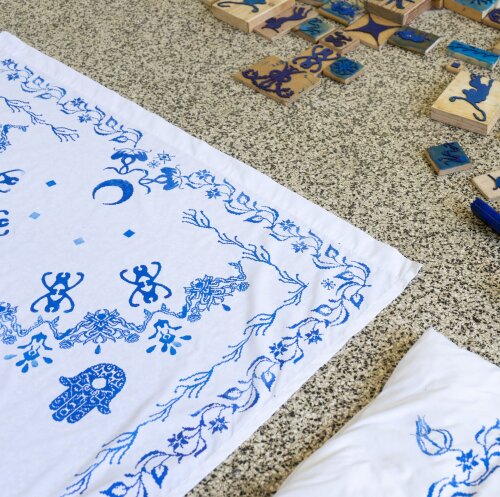
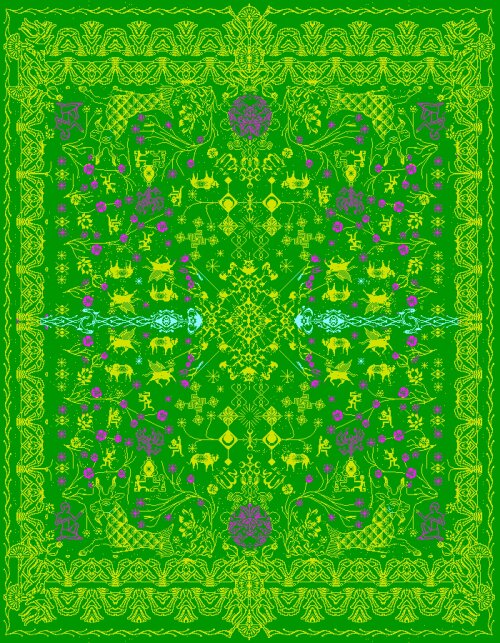
Students of various disciplines can engage in this workshop with their respective knowledges. We look closely into the metaphor of the carpet as a garden and its relations to the broader socio-economic context. The bibliography and references are interdisciplinary and we encourage critical thinking and cross pollination with angles that challenge, inform and complement each other. The main concern of this workshop is to cultivate literacies by looking into different ways of seeing through theory and practice.
#3 DELINEATE THE ALIENATED
By Nina Katrine Haarsaker, Hanna Landfald Hanssen & Gro Rødne
There was a word inside a stone.
What is a stone and how did it become one?
Through a selection of analogue tools, exploration and imagination, we invite the students to decode and delineate the identity and potential of stone. Our goal is to look into and discuss artistic, architectural and design solutions dealing with climate and nature challenges and the current alienation of natural resources.
This week will consist of hands on research through material samples, paintings, drawings, models and textiles, starting with abstract sections of geological layers of stone and minerals.
The workshop aims to challenge the participants in open ended explorations of uncertainties and risk - not to be feared but embraced, and how we can learn from each others creative and technical diciplines.
We are wondering: what is the true ecology of stone?
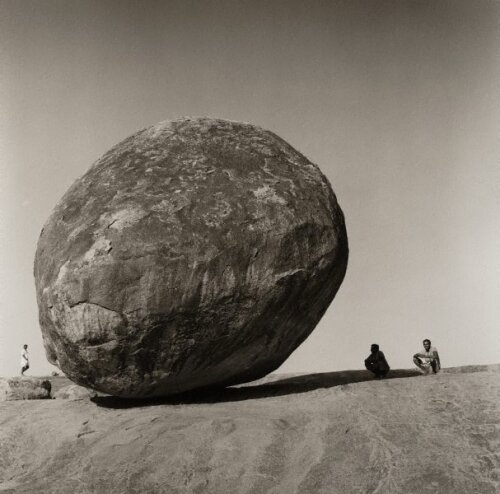
#4 Blow Up
By Julian Brües & Simon Oberhofer
We experience our lives in images we look at, take, send. Everyone can take pictures and does so at an ever increasing pace. While seemingly being a representation of our surrounding reality, every snap we take is manipulated in a number of steps already. Anytime as a snapshot, as a direct representation of what one's life is supposed to be.
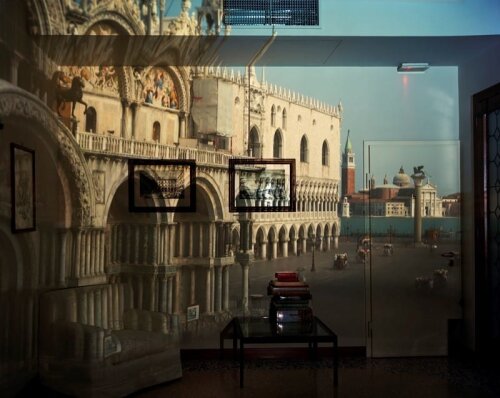
Reflecting back it presents us with our best possible selfportrayal. Almost as if we are strangers in our own existence.
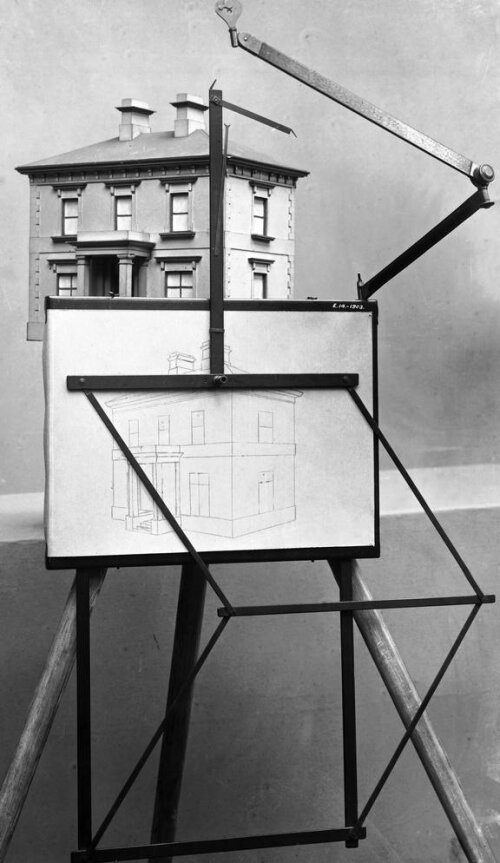
In our workshop we aim to make these alienations visible, dissect them and employ them in a more direct thus understandable way. We are going to use basic photographic processes to explore the origins of image-making.
Divided into small groups, students will find out what manipulation can do. Is it abstraction? Is it zooming in? Is it reduction? We deal with the production of images. We make images. We change images. The motifs and contents of the works are determined and developed individually by the groups during the week.
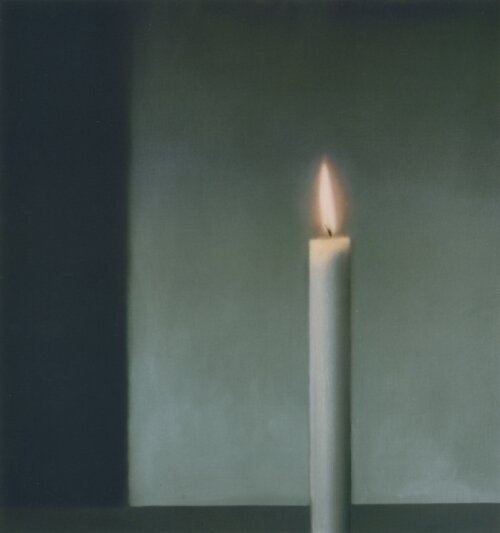
#5 Specula Rasa
By Anna Maragkoudaki
Students are invited to speculate on unconventional methods of providing bodily support in non-horizontal positions. They will craft bespoke apparatuses for 'sitting' that serve as channels for self-expression and embodiment. The underlying premise is that a sense of disconnection from oneself arises from confining the body within standardized structures that neglect individualistic needs for movement and expression. By transcending the conventional notion of functional seating and deconstructing the act of sitting, our aim is to reimagine personal devices. These creations stand in opposition to the one-size-fits-all approach, not seeking external validation but personal satisfaction, auned to the distinct emotions of our
physiology. Viewed through this lens, these objects emerge as poetic manifestations of the body.
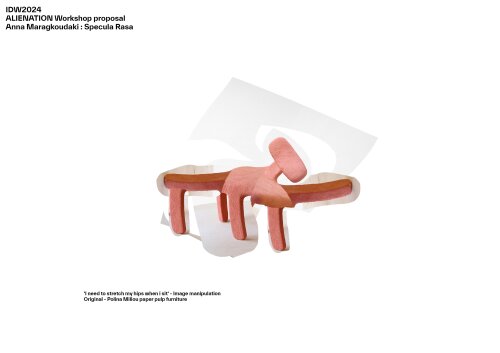
Over the course of the workshop, students will engage with diverse plateaus. On the initial day, we will delve into the regulation of bodily dynamics through furniture. This exploration will involve identifying paradigms, examining documented experiments, and studying cultural norms across dierent societies. By discovering the postures that resonate with our individual physiologies, we will establish the foundational design principles for our apparatuses. These will be documented in 3D point cloud scans. Each student will utilize this scan as the starting point of their design. Moving into the design phase on day two, students will concentrate on craing individual objects and conceiving their possible, if any, spatial interconnections and synergies. Days three and four will transition into the fabrication phase. On the final day, we will
evaluate our outcomes, share reflections, and document our collective endeavors. The workshop will employ accessible materials, such as foam and wood. Additionally, repurposed chairs or stools can be modified to serve as a foundation for the design. The finished geometries will be coated with papier-mâché and resin.
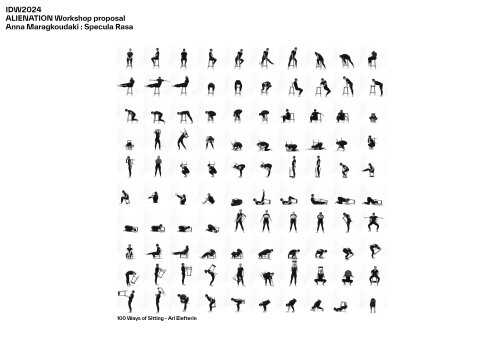
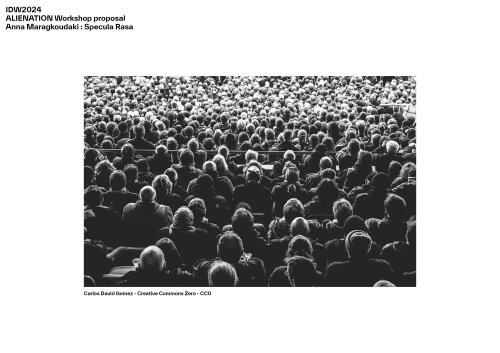
#6 I¡dentify! What‘s your favourite problem?
By Carola Ebert & Katrin Brünjes
Urban and interior designers, architects, developers and heritage specialists arerequired to find solutions to pressing contemporary issues within the existing world. Topics are complex and requirements are high. On a day-to-day basis, there is hardly any time to look back, reflect or even re-visit past works. The pressing thought, the driver for the work, may be hidden in the complexity of the proposal.
This is the starting point for this workshop. What are you actually interested in? What's your opinion? What do you think today about solutions proposed by your previous self? In short: What do you identify with?
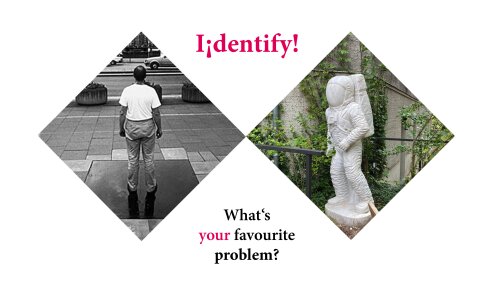
In this workshop we reverse the usual design process of question > discover > define >develop > deliver = solution (double diamond problem-solving approach). You will be asked to critically work backwards and identify your “favourite problem” within previously found solutions.
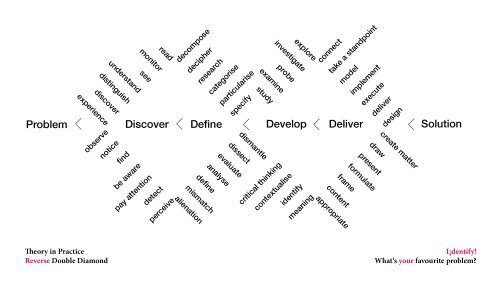
During the course of the workshop, participants reflect, discover new things and perspectives, reformulate and create connections with previous solutions and across disciplines. Unfulfilled wishes, absences and possibly feelings of alienation are highlighted (Day1).
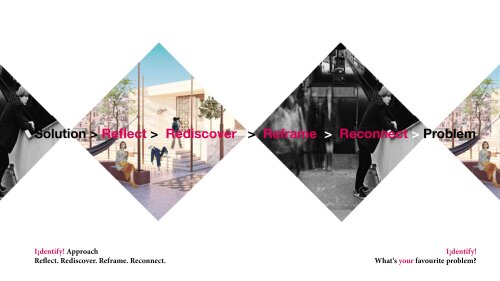
These experiences are outlined and compared to previously successful strategies and skills (Day 2)
To discard unnecessary baggage and to reveal individual ideals in the form of a “favourite problem”, participants are invited to identify their own stance and make it tactile, visual, atmospheric and/or tangible for others. Individual ideals and topics are then clustered and reflected against experience in interdisciplinary groups (Day 3), and the findings developed and materialized as installations, performances, storyboards, films etc. (Day 4).
The final exhibition becomes a thinking space for the viewer (Day 5), re-connecting, arranging and engaging alienation’s individual questions in an interdisciplinary dialogue.
Can you find your favourite problem here?
#7 ReNaturing — voicing resilience of city nature
By Nayari Castillo & Consuelo Méndez
Our relationship with nature is becoming more and more alienated. The very few spaces of greenery in the cities are controlled and observed, numbing our sensibility towards other organisms. These sporadic places of contact are not enough to understand and observe the rhythms and necessities of animals, plants and mushrooms. This gives a strange sense of isolation and distance from nature. We are so used to think humans are not nature. Indeed we are and we are not alone nor separated, but we are part of a gigantic conglomerate. We are interconnected.
It is necessary just to call upon the senses to rebuild the bridges, the understanding that we are nature. This workshop seeks to look out for encounters with fauna, flora and fungi present in the city, aiming to give voice to those organisms that resiliently tell us with their presence that we are together. The workshop will consist, on first instance, of exercises to activate the senso-perception of urban space seeking for hints, clues, debris and traces of others. A central idea is to find our own nature in the urban landscape. Using these visions and encounters as material for inspiration, we will develop a collective mural or wall installation. This community output made of drawings, graphics, collages, images, photos, sounds and/or projections will honor the connections to the city nature of Antwerp.
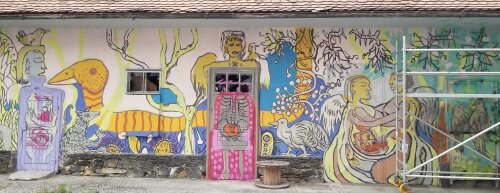
Two generations of artists specialized in public space will dialogue and work hand by hand with the multidisciplinary group of students, aiming to exchange and expand knowledge from their different expertise. All of this will be achieved by using different wandering methods as derivé, walking, slow-walking for moving around the city combined with registration techniques as video/photo recording, chaotic enumeration, drawing, body-perception, to grasp, record, and appropriate city nature. Our interconnectedness will then be then translated onto the wall space.
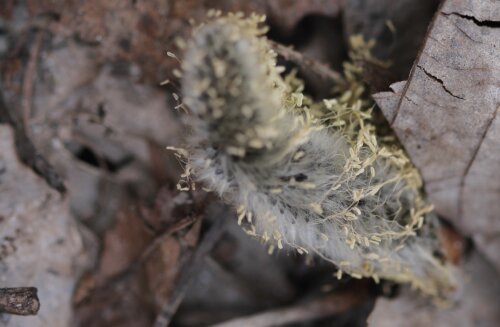
#8 ‘You think too much, it’s only the cup and you!’
By Hélène Aarts
‘You think too much, it’s only the cup and you!’
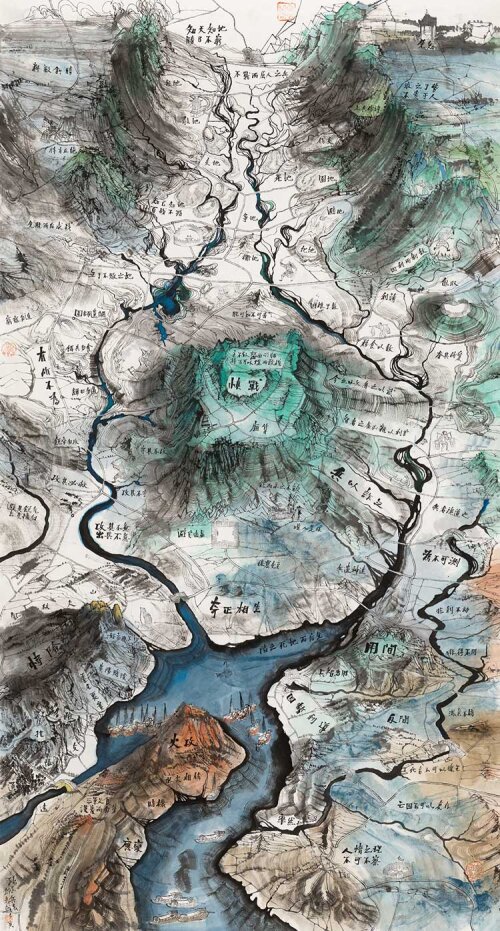
A sentence from the movie ‘Greetings from Fukushima’ where an old Japanese woman whose house was completely destroyed by the tsunami tells a young lady how she should drink her tea. ‘It is only training’ she says. The little ‘tea ceremony’ in the film explains what full attention is and the importance of that for the connection between the self and the world we live in. Alienation exists because we miss thatconnection, due to the distractions created by all the machines made to make our lives easier.
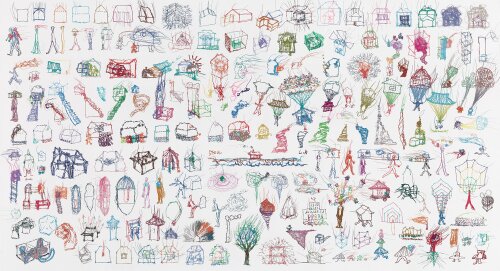
In this workshop, we will experience the reconnection with the world and the spaces we inhabit in a conscious manner. We follow a methodology of creating a wide variety of drawings and models directly on the spot, made as ‘recordings’ of the space we are observing. In the direct reaction of ‘the making’ it is stretching time to prolong attention, taking time to observe more attentively, and in the meanwhile making connections to create new ideas. The process of ‘the making’ will take place in a variety of ways, among which are individually, in isolation, and in small groups, but also collaborative drawing and designing is part of it. We will visit all kinds of spaces to discover our true nature and re-alienate. The adventure will lead us as a group to create a commemorative rite in the end. What for and how this will look like is the result of the journey we make as a group.
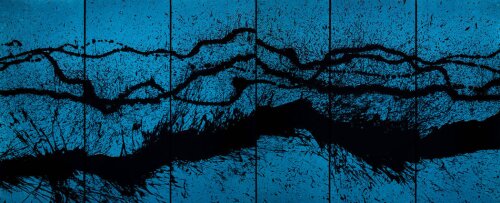
#9 Sonic Friction
By Colette Aliman
The workshop, "Sonic Friction," explores the impact of noise pollution on urban design, focusing on innovative solutions through speculative and science fiction design methodologies. This one-week program delves into noise pollution's socio-political dimensions and regulatory frameworks, drawing inspiration from archaeocoustic technology and design principles.
Throughout the workshop, participants form multidisciplinary teams that will learn how to contribute and collaborate from knowledge of their field of study and learn from others.
Students will choose from various topics showcasing how archaeocoustics can inform urban design for more harmonious cities. These topics include:
+ historical soundscapes
+ historical sonic architectural elements
+ soundscape preservation
+ acoustic design of public spaces
+ building design
+ acoustic zoning
+ soundscape assessment
+ community engagement
+ acoustic art installations
+ educational initiatives
+ regulatory frameworks.
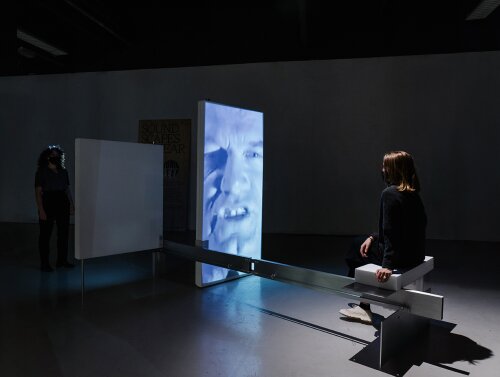
The workshop unfolds over five days, with the initial day dedicated to understanding noise pollution's current status, health implications, and socio-economic aspects in urban planning. Participants explore archaeoacoustics, focusing on historical sound management techniques within architecture.
In subsequent days, collaborative groups craft speculative design proposals inspired by archaeoacoustics. These proposals address various socio-economic issues related to noise pollution and city planning. Each group selects a sound and city context for inspiration, potentially focusing on Antwerp or their hometown.
The final day involves presentations where groups showcase their ideas and discuss how these designs could be experienced in practical urban settings. Throughout the workshop, an integrative approach ensures cross-disciplinary engagement and problem-solving, emphasizing the collective strength of diverse skill sets and fostering inclusive, collaborative solutions to the challenges posed by noise pollution in urban environments.
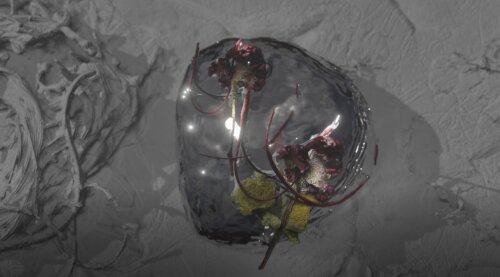
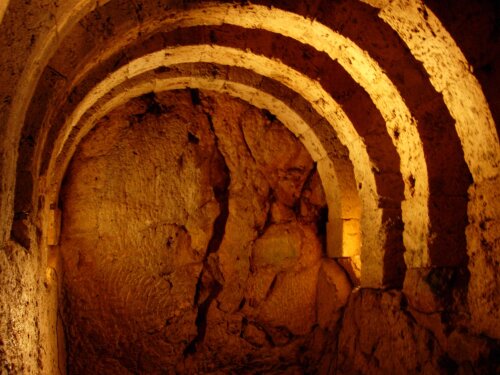
#10 PHYSICAL DIGITAL
By Marija Urbaite & Joao dos Santos
The pervasive feeling of malaise and existential emptiness, which is central to the theme of alienation, serves as a symptomatic manifestation of contemporary life. This phenomenon consistently surfaces when examining issues like labor conditions within capitalist societies, leisure and consumption, disconnection from nature, and the all-encompassing impact of technology on our daily existence.
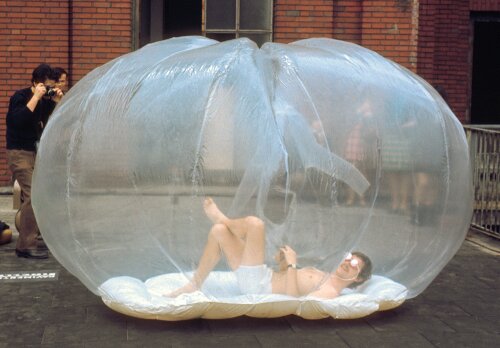
Today, we are witnessing the exacerbation of this troubling condition due to our increasing and paradoxical isolation within hyper-connected societies. The migration of public spaces to the digital realm has transformed us into profitable data streams and faceless commentators. Considering our inherently social nature, face-to-face communication has always been a cornerstone of human interaction. However, what are the repercussions for our societies when physical presence is anathematized? The isolation measures implemented during the Covid-19 pandemic provided a stark glimpse into the detachment caused by digitization and reduced physical contact. How do these shifts affect the physical environment, and what concrete manifestations can be linked to the social, psychological, and political barriers we are constructing? Our approach will begin with small group readings of selected excerpts from authors who have delved into various aspects of alienation. These authors may include Baudrillard (leisure), Levinas (morality), Lefebvre (public spaces), Lipovetsky (expression), Augé (space), Latour (nature), and Byung-Chul Han (social relations). Subsequently, we will engage in discussions and reflections on these texts. Following this intellectual exploration, we will venture into the city to scrutinize public spaces through the lens of the literature we have just examined.
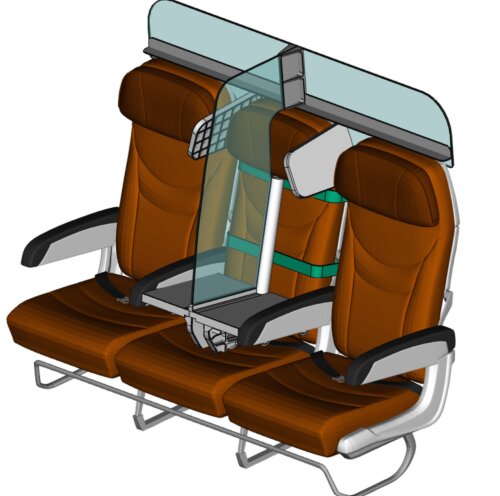
Our analysis will draw from a wide range of sources, encompassing scholarly literature and our own personal experiences and observations, including insights gained during the Covid-19 pandemic. While considering various urban scenarios, we will identify the prominent facets of alienation within each context and explore ways to give them tangible expression through flexible forms of documentation, which may include video, audio, drawings, text, and more.
Through collaborative discussions, we will select the topics and urban scenariosthat resonate most with us and develop plans to create and implement a 1:1 scale installation, enabling individuals to physically experience the concepts generated by the students.
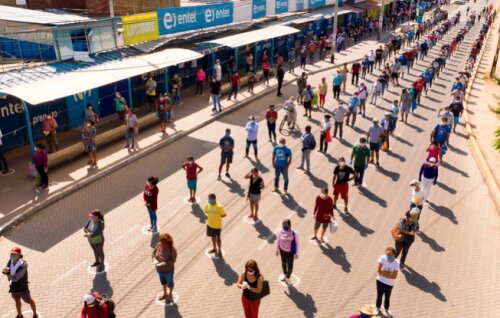
#11 THE ALIEN AND THE CAVEMAN. A MUSEUM FOR BOTH
By Federico Taverna
When everything can be questioned, reviewed, interrupted or accelerated; unprecedented adjustments are required. During the workshop week we will point out a different reality beyond the traditional and fixed principles that define our world.
By questioning the symbols and spaces that influence us, we will trace back the sources of our alienation fears. What is detaching us from reality? We will do so by stressing the (metaphorical) dichotomy of the Alien and the Caveman: the conflict between someone who is isolated out there in space, and someone deeply grounded in the here and now. How do they look at everything that surrounds us? Which are the cultural symbols they have in common? Does the difference simply lies in technology advancement? Maybe there is something more that is worth exploring.
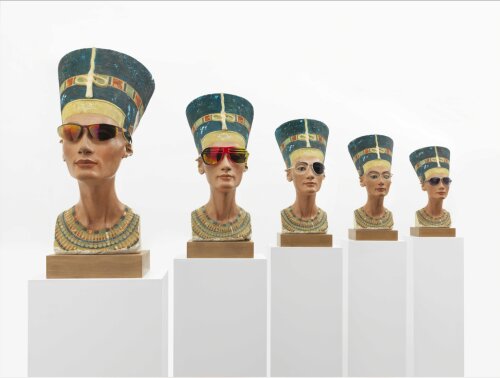
Our investigations into the concepts of both alienation and connection will acquire material form, by replicating and transforming the symbols and spaces of our time, of previous and future eras. The pieces will be finally collected to establish the first Museum of Alienation. Being museums the places where our cultures and traditions are objectified and exposed, they allow us to understand ourselves a bit better. Therefore, we will employ the same condition to design and inaugurate the Museum Of Alienation.
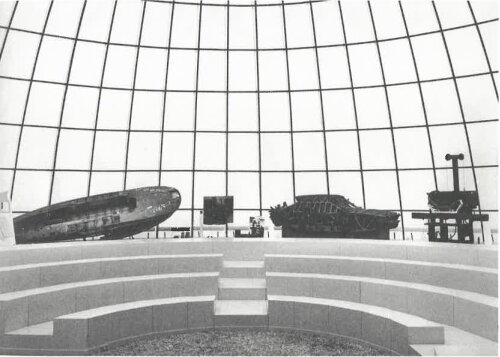
Real objects and spaces will be reproduced, adapted or transformed. Abstract concepts will be given a material form, they will be curated and exhibited. Every media is welcome in our
upcoming museum. We will document, represent, transform, test, debate, draw, photograph, create and exhibit. The search for dilemmas will become our modus operandi.
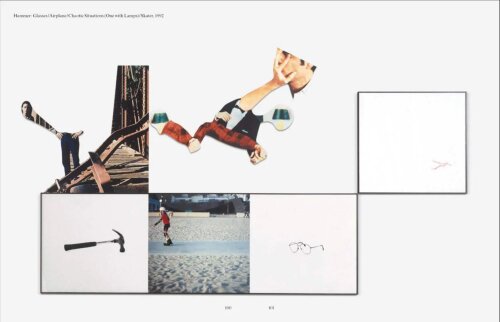
#12 VISCERALITY
By Oliver Froome-Lewis & Penelope Plaza
This year’s theme problematises the changes that arise from becoming distanced from our gut feelings. To be alienated suggests an excessive distance with significant loss of contact with those feelings, or instincts. Can primordial instincts change, are they still there to be returned to? Or have they been overwritten by quite different preferences and responses? Which gut feelings, rumblings, precisely, are we proposing to recover?
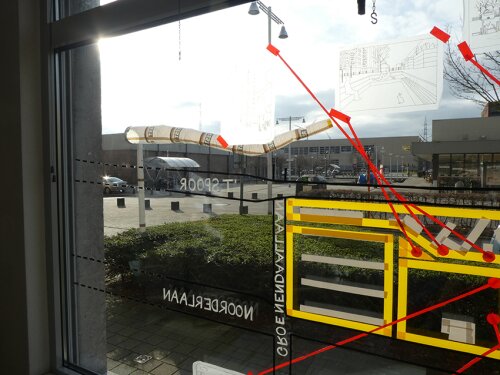
We, humans, are hard-wired to connect to others. We may not take notice of it, but our guts know that our wellbeing and our senses of belonging and of meaning depend on our visceral connections to others. This workshop calls on you to draw out personal primordial imaginaries in relation to the everyday interactions of Antwerp, making wearable ‘replicas’ of evocative objects (Sherry Turkle’s Evocative Objects: Things We Think With, MIT Press), deploying and recording these in the city before combining these in a group construct of interpolated hopes and memories. A real-time-tapetapestry (RTTT) that captures your responses to Antwerp’s everyday describing the shifting urban jigsaw through things and bodies, words and drawings. A net of coincidences, serendipities and common experience.
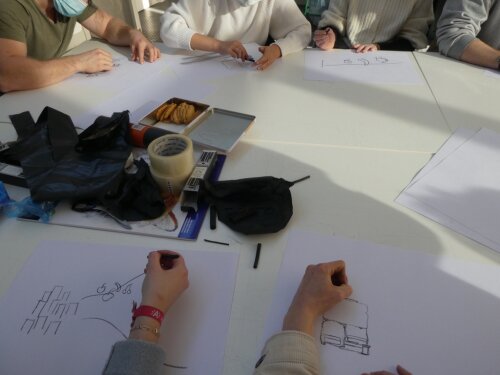
In this workshop we will start to recognise within ourselves what is necessary to achieve a recovery from alienation. The world only lives and loves, when we envision it as a social body that combines us all.
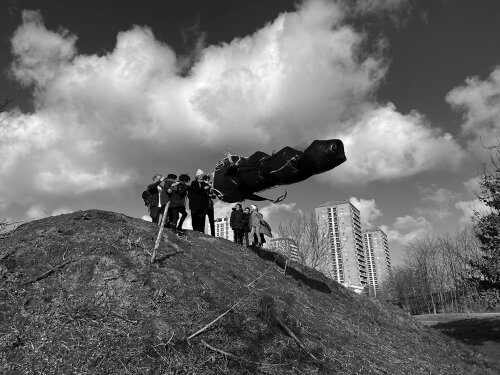
#13 Designing for a life worth living? An exploration of existential sustainability
By Anna Persson
The beauty of existential sustainability is that it is a concept without definition, yet the two words put together seem to burst with meaning beyond the sum of the parts. If you feel the same way, I think you may enjoy this week.
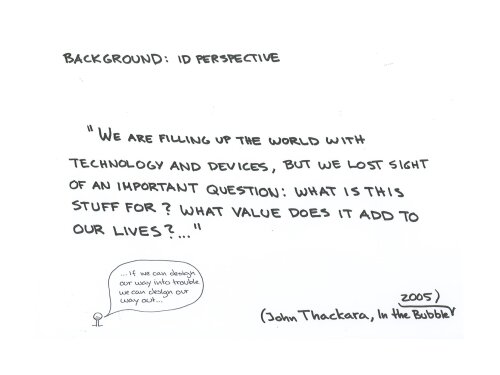
Reflected through the lens of our different backgrounds and perspectives we’ll explore what existential sustainability is / means to you. Ultimately tackling the one question we all have in common: why are we here?
The workshop has no goal beyond giving ourselves the luxury of a week of introspection and reflection upon what gives us meaning and how we may design for a life worth living. Usingthe tools of your trade you will create a tangible manifestation / visual representation / symbolic characterisation of your thoughts, that will be presented at the end of the week.
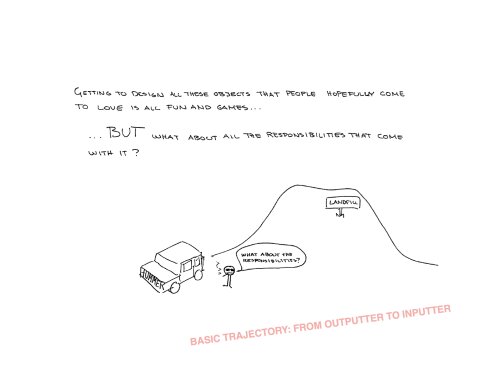
To frame the otherwise open-ended nature of the workshop, each day will start and end with sharing sessions.
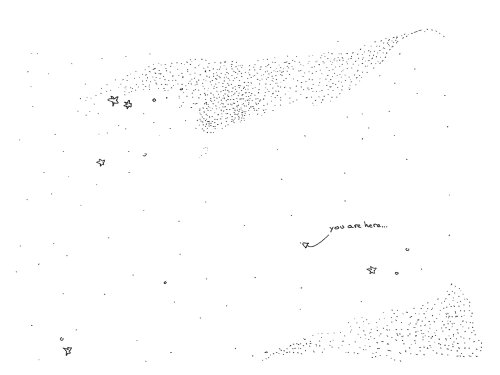
#14 Design for deviance
By June Trondsen
Without deviance from normality, there can be no progress
~ Frank Zappa
Frank Zappa’s work is characterized by unconventional, free-form improvisation, experimentation, musical virtuosity, and satire. Together with other creatives such as Andy Warhol, Virginia Wolf, Antoni Gaudi or even Lady Gaga, they illustrate the untapped potential in nonconformity, eccentricity, and strangeness counteracting our default desire to think, talk and act according to conventional perspectives and established norms.
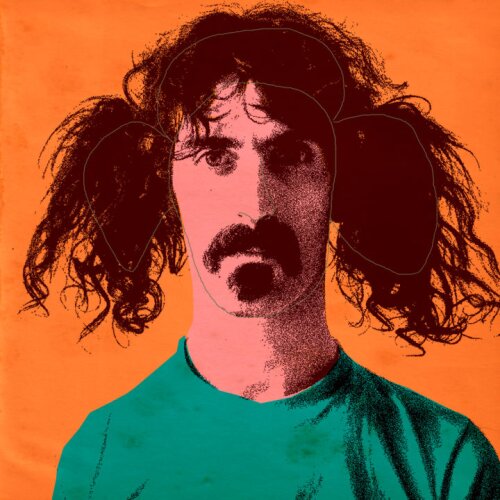
As opposed to avoiding deviance and disregarding it as something bad, shameful, abnormal, or even wrong, this workshop aims to embrace the concept as an investigative lens into critical thinking and speculative design. With a collaborative approach, creating a community of diverse identities, skills, competencies, cultures and mindsets, this workshop aims to take its participants on an inspirational and explorative journey of learning (and unlearning), to break out of normative patterns, reveal blind spots, and to speculate about the unfamiliar and unknown.
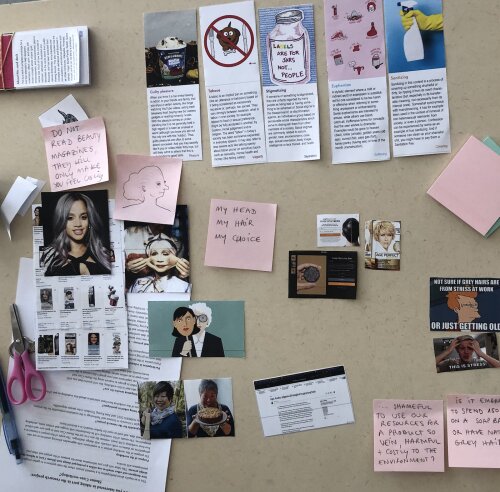
Over 5 days, participants will engage with a range of investigative tools to critically discuss deviance in relation to commercial industry, through social phenomena and moral storylines, across times in history and in juxtaposition to other cultures. Arriving at an understanding of how deviance can act to narrate and maintain a status quo, the creative aspect of the workshop aims to showcase how we as creatives can use our criticality, artistry, imagination, and multiple skillsets to tell a different story. Each participant group will be challenged to experiment with concepts of deviance, normality, estrangement and familiarity to create a piece for an exhibition, and use elements of satire, exaggeration and parody to challenge the audience’ passive immersion into certain narratives and provoke reflection on social and and political issues.
#15 Urban acupuncture: from „repellent spaces“ to „healing places“
By Vedrana Ikalovic
The alienation has become a common characteristic of metropolises and urban space, where individuals have less and less opportunities for unintentional encounters and social exchange. Side by side with a sense of attachment, these concepts have been used and (re)interpreted by academics and practitionaires whose efforts move towards a creation of inclusive urban spaces which foster social proximity. Proposed workshop reflects these efforts.
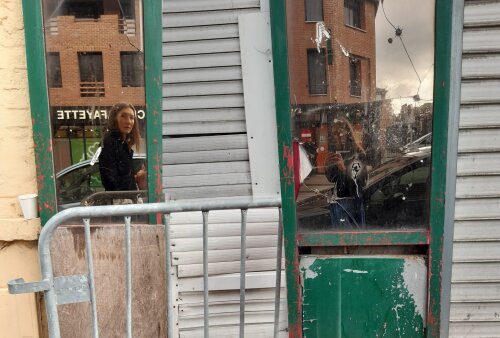
Firstly, students observe their immediate environment using walking as a metaphore of reading (de Certeau, 1984). They identify and map repellent spaces (“stealthy”, “slippery,” “crusty,” “prickly,” and “jittery” spaces) as categorised by Steven Flusty (2001). In the second part of the workshop students work in groups to identify spatial elements that create specific „repellent“ sensation. Visual (Pink, 2012) and ethnographic (Covatta and Ikalovic, 2020) methods are applied to analyse, classify and discuss findings. After discussion students select a location to create an urban installation and temporarily „heal“ specific repellent space. Students create the proposals using urban acupuncture and place-making techniques as contemporary tools that assist affordable and meaningful urban interventions. With the selected literature participants (1) understand and learn specific placemaking strategies, and (2) develop projects at the intersection of local needs and subjective experience of space. Finally, they temporarily transform one „repellent space“ into a meaningful place that fosters social exchange.
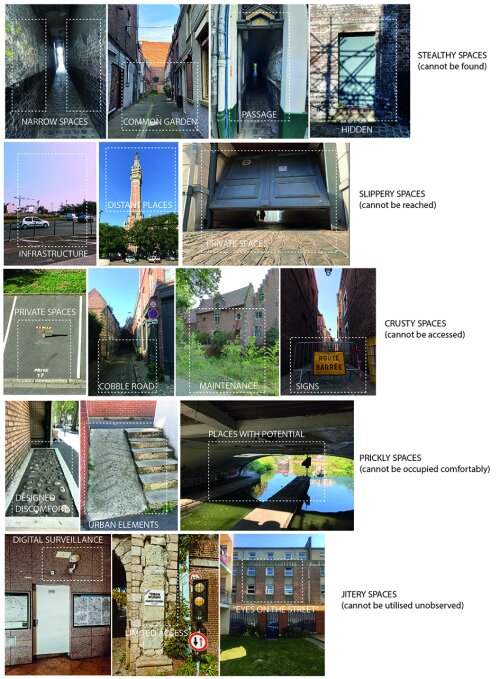
One of the objectives of this exercise for students is to react to specific (un)favourable urban conditions, further stimulating social exchange that focuses on a constructive problem-finding approach and results in a tangible urban intervention.
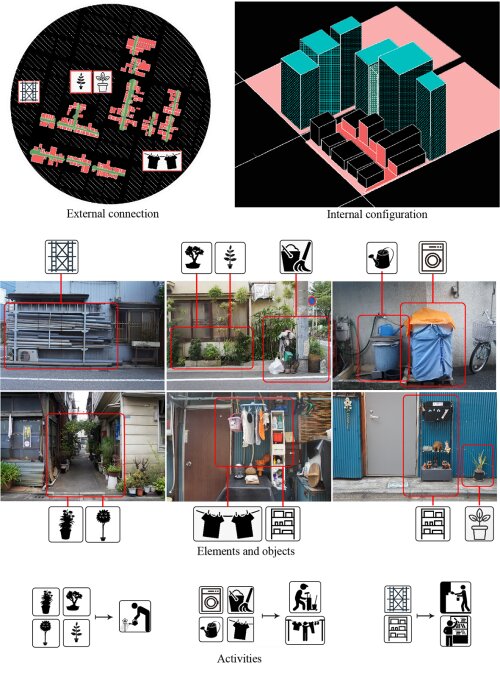
#16 Re-connect: a nature-inspired speculative design workshop
By Hande Ayanoglu & Filipa Alves
Our planet is increasingly a world designed by man. It is estimated that the total mass of human-made objects has recently exceeded the mass of all living things on Earth. But the impact of human activity on the planet extends far beyond this growing accumulation of objects and buildings. Deeply rooted in an unbalanced relation with nature, humanity faces challenges on many fronts, from climate change to global health crises and severe social and economic inequalities.
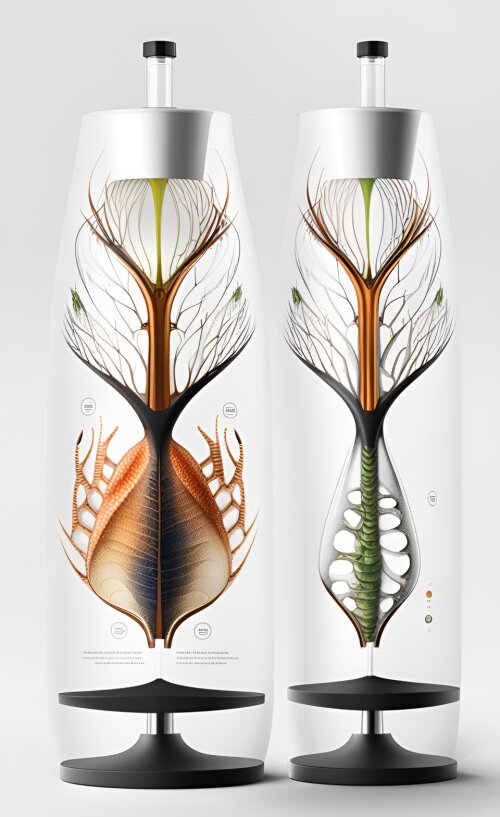
We are part of nature, but we are progressively creating a world that seems separate from it. It is not.
To achieve a sustainable balance with the natural world, we need to deeply understand and learn from nature and explicitly integrate this knowledge into the envisioned future. This is not a new concept. Human invention and creativity have always been inspired by nature. Along the path to better understand nature, we also need to reconnect with our own heritage and ourselves.
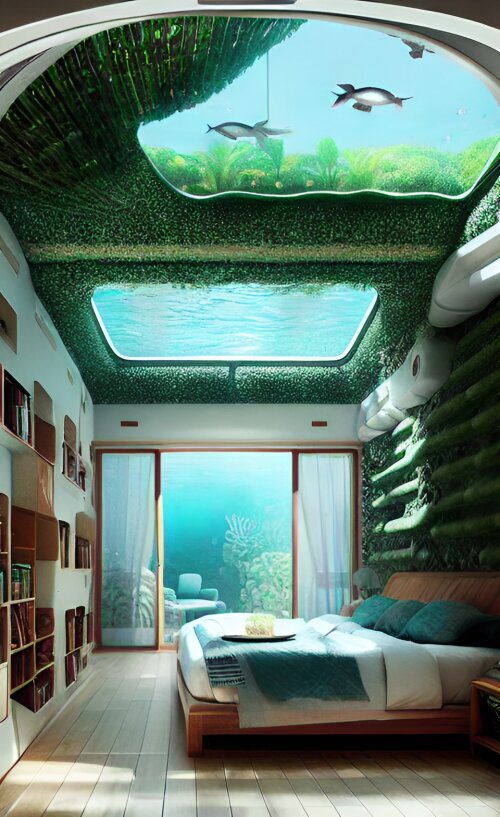
In this context, it is essential to form multidisciplinary teams in which designers play a key role in defining new paths in the relationship between the artificial and the natural world.
In this workshop, participants will be introduced to the fundamental principles of speculative design, bio-inspired design, and the potential of AI as a creative catalyst.
Using a combination of analog media, computational modeling and AI tools, we will collaboratively frame and develop speculative scenarios, exploring diverse facets of the future of humanity’s interaction with nature and how they can be integrated into the human environment, from product and spatial design, to urbanism and social interactions.
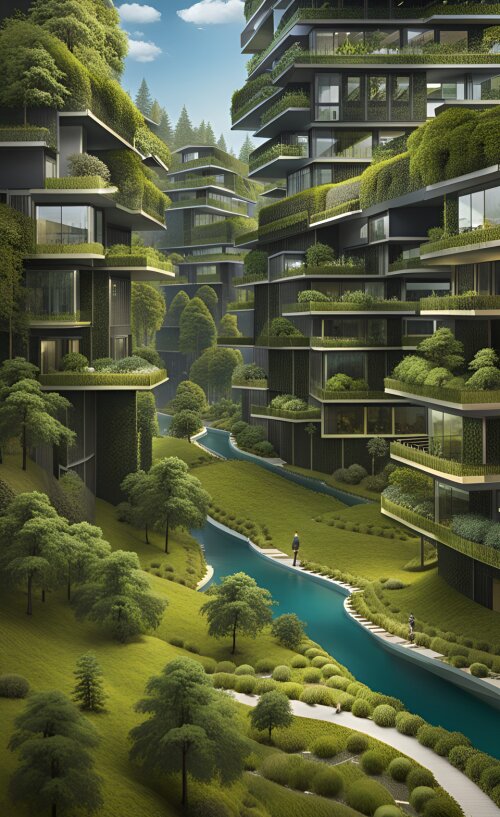
Throughout the workshop, an emphasis is placed on interdisciplinary collaboration and creative thinking, allowing participants to integrate their skills and insights into comprehensive, forward-thinking solutions.